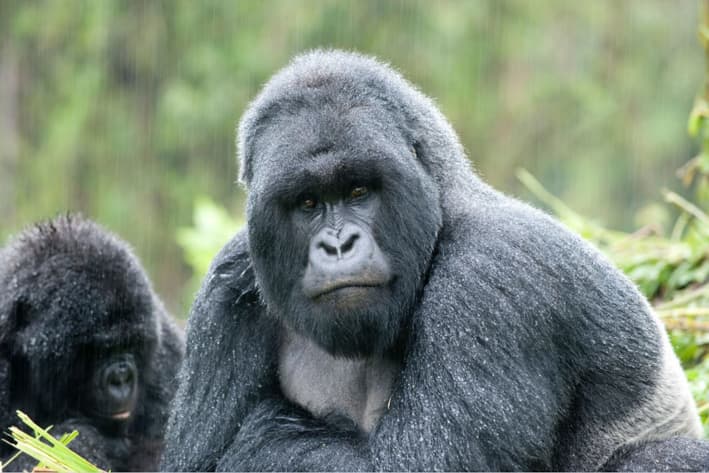Best of Uganda Safari
Day 1 – Entebbe
On your arrival into Entebbe you will be welcomed and transferred to the guesthouse for the night. Depending on your time of arrival, there are a few things you can see and do in and around Entebbe. If you arrive early enough in the morning you can head across Lake Victoria to Ngamba Island Chimpanzee Sanctuary. 95% of the Ngamba Island is left wild for the rescued chimpanzees to spend their days in relative freedom. There is a small visitor’s centre where guests can have an educational talk on the work being done by Ngamba Island. After the talk, you can head to the viewing platforms to see the chimps being fed.
For our keen birders, Lake Victoria is one of the best places to see the prehistoric looking shoebill. Makanaga Swamps can be accessed by boat or canoe from Entebbe and offers excellent opportunities to see the massive birds in the reeds


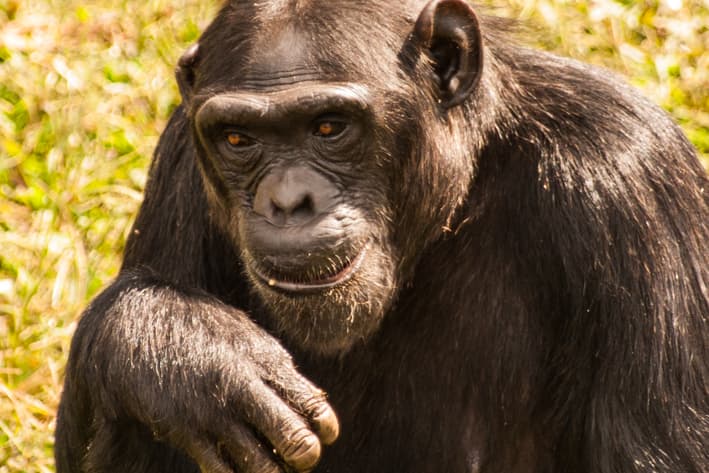

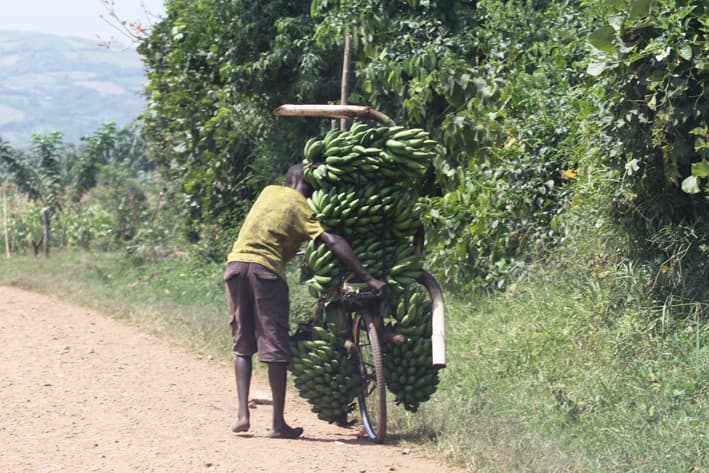

Days 2 and 3 – Murchison Falls National Park
From Entebbe you get a flight north to Murchison Falls National Park. This is Uganda’s largest national park and is home to elephant, lion, buffalo, leopard and more. But, it is also where the Victorian Nile plunges through an 8 meter gap and falls 43-meters to become a quiet river below. The water of the river below the falls attracts elephants, buffalo, hippo, crocodiles and plenty of birds.



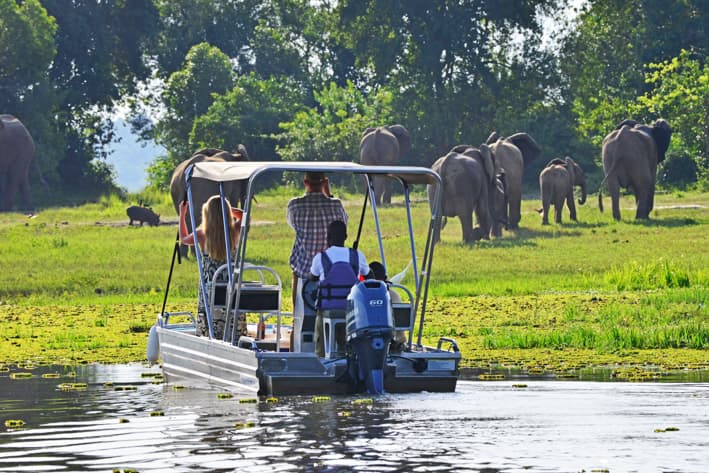

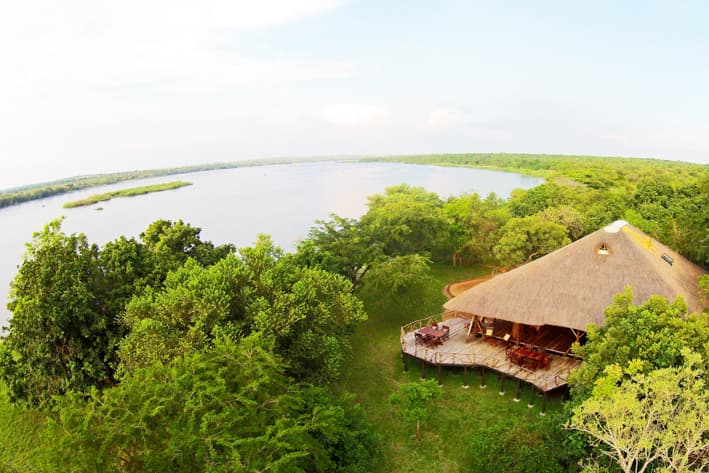
Days 4, 5 and 6 – Kidepo Valley National Park
You continue north to the remote Kidepo Valley National Park. The open grasslands flanked by large mountains offer the adventure traveler some of the best game viewing in Uganda. Lion, leopard, cheetah, elephant, buffalo, zebra, giraffe and more can be seen on game drives and bush walks in the park. Some of these animals cannot be seen in other areas of Uganda.





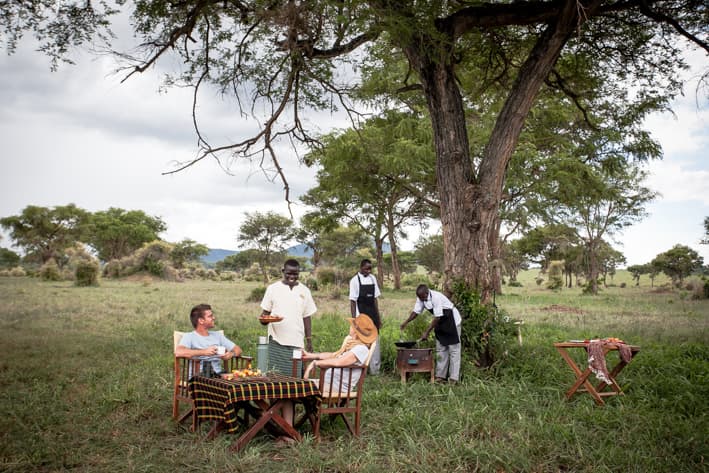
Days 7, 8 and 9 – Kyambura Gorge, Queen Elizabeth National Park
From Kidepo, you fly south towards the Queen Elizabeth National Park. The Kibale Forest and Queen Elizabeth National Parks form an important wildlife corridor allowing game to move freely between the grasslands of the Queen Elizabeth National Park and the forests of Kibale Forest National Park.
Your destination is Kyambura Gorge which is a stunning gorge that cuts through the grasslands of Queen Elizabeth. Down in the gorge the humid weather creates an Eden with thick forests and tall trees with clear streams flowing through. This afternoon enjoy a boat cruise on the Kazinga Channel and spot elephant, buffalo, waterbuck, hippo and crocodiles along the river bank. This is a birders paradise with plenty of water birds taking advantage of the good fishing. The Queen Elizabeth National Park is home to lion and leopard as well, so keep your eye pealed.
The following morning you have the chance to track the lost chimpanzees of Kyambura Gorge. Around 20 chimpanzees live in the Kyambura Gorge, cut off from their cousins in Kibale by villages and farms. During the trek, you head down the steep sides of the gorge into the forest below where you start to track the troop. You will often hear them before you see them as they use focal calls and tree thumping as a way to communicate to each other. Once you find the troop you get to spend an hour with them as they go about their daily lives.






Days 10 and 11 – Bwindi Impenetrable Forest National Park
Your journey continues south to the rain forest of Bwindi Impenetrable Forest National Park, home to the endangered mountain gorilla. Depending on the time of arrival you have the chance to do an afternoon village tour of Buhoma village or you can do one of the self-guided forest walks.
The following morning after an early breakfast you will head to the park headquarters for your gorilla tracking briefing. Groups are restricted to a maximum of 8 tourists all accompanied by park rangers and trackers. Each group is assigned a gorilla family and at the briefing you will learn more about your family as well as the rules and regulations. After the briefing you will head out into the Bwindi Forest in search of your gorilla family.
Bwindi is a mountainous park, clad in thick rain forest, so tracking can be tough going with steep muddy paths and thick undergrowth to work through. The rangers are in constant contact with the trackers who head out early morning to find the gorillas, so you and your group can head in the general direction of the family. Once you have located the family, you get to spend 1 hour with them as they go about their daily lives. This time limit is strictly enforced to ensure minimal disturbance on the family.
Spending this hour with them is an incredible privilege and is something you will treasure for a very long time.
Tracking can take anything from 30 minutes right up to a full day, depending on where your gorilla family is situated.


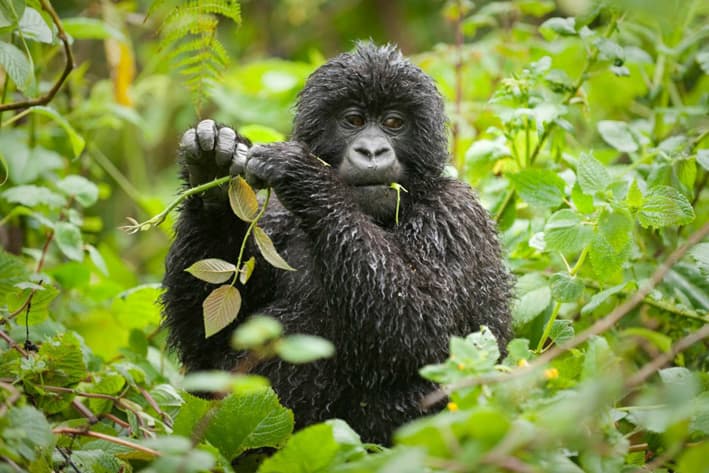



Days 12 and 13- Mgahinga National Park
For the more active, we would suggest an enjoyable 4-hour hike through the Bwindi Forest to a pick-up point where the vehicle will collect you and drive you another 2 hours to your next lodge, Mt Gahinga Lodge which is located in the lesser known gorilla park in Uganda, Mgahinga Gorilla National Park. This is on the slopes of extinct volcanoes on the border with Rwanda.
This afternoon you have the chance to rest or you can visit the Gahinga Batwa Village to learn more about their traditions and culture.
The following morning you head to the park headquarters for your second opportunity to track gorillas. After your briefing you head into the forest clad volcanoes in search of the family. Again, you only get 1 hour with the family to minimize the impact on their natural behavior. Typically we find with the second trek, you spend less time taking photos and more time observing the gorillas, thus leaving a bigger impact on you and you engage more with the individuals.





